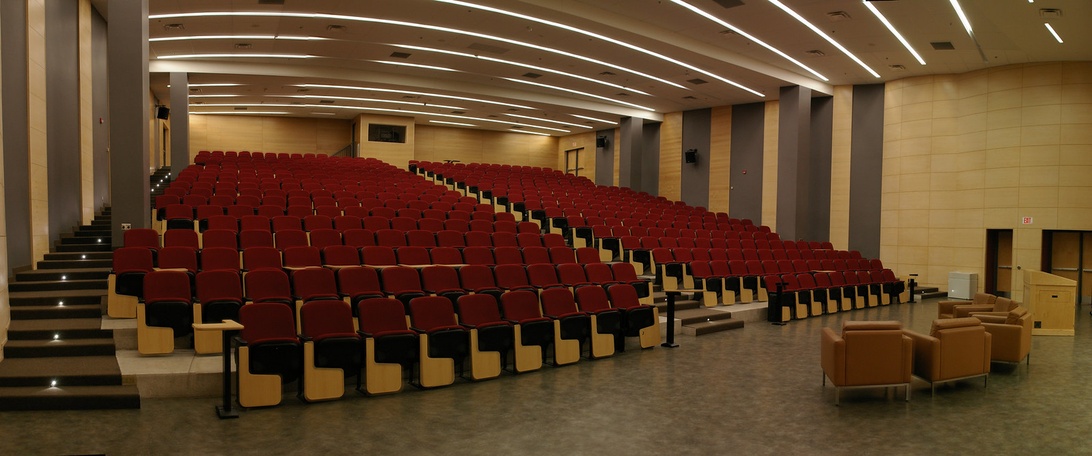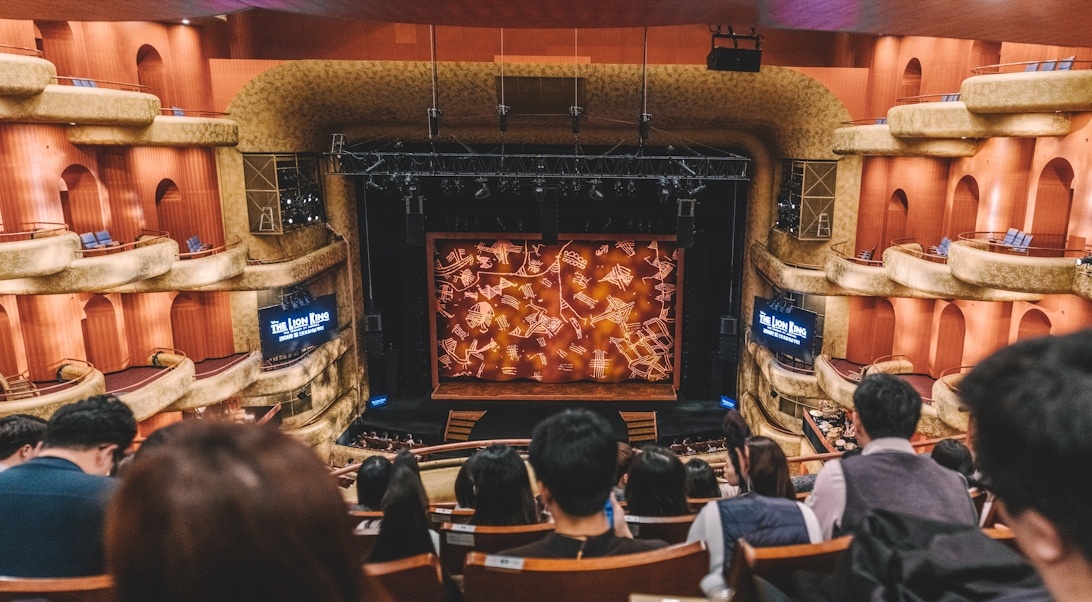How Digital Platforms Transform Theater Company Management and Operations
From Stage to Screen The Digital Revolution in Theater Management
For as long as I can remember, the magic of theater has been tied to the physical. The scent of dust and paint backstage, the collective hush of an audience as the house lights dim, the raw, electric energy of a live performance. For years, these were the immutable pillars of our art form. But a quiet revolution has been underway, one that extends far beyond dazzling special effects. Digital platforms are fundamentally rewiring the very DNA of how theater companies are managed and operated, transforming everything from pre-production planning to the final curtain call. This is not just about putting shows online; it is a complete operational paradigm shift that is redefining what a theater company can be in the 21st century.
The New Backstage Streamlining Operations with Digital Tools
The transformation begins long before the audience arrives. I have seen firsthand how the chaotic, paper-strewn process of pre-production is giving way to a more streamlined, digital workflow. This shift is crucial for both creative and financial success, touching every aspect of backstage management and venue operation.
Revolutionizing Pre-Production and Design
Scenographers and artistic directors no longer rely solely on physical models and hand-drawn sketches. Today, they utilize sophisticated computer programs and even virtual reality (VR) to design sets and block scenes. This allows for dynamic, interactive planning where ideas can be tested and shared instantly with the entire creative team, regardless of their physical location. As detailed in a study, valuable insights from the Journal on Computing and Cultural Heritage highlight how this digital approach fosters a more inventive design process and introduces significant cost savings by reducing the need for expensive physical materials. Digital blueprints are mobile, easily backed up, and serve as an indispensable tool for presenting new concepts to stakeholders.
Centralizing Communication and Administration
A modern theater company is a hive of activity, coordinating actors, technicians, designers, marketing staff, and administrators. To manage this, clear and centralized communication is paramount. To achieve this level of synergy, forward-thinking companies are turning to integrated digital platforms. For instance, many successful theaters find that the comprehensive intranet features offered by Omnia are essential for creating a unified digital workspace where staff can access documents, manage tasks, and collaborate in real-time. This ensures everyone is working from the same script, both literally and figuratively, and frees up valuable time for the artistic team to focus on creating compelling theater.
Enhancing Financial Management and Fundraising
Financial management and resource allocation have also been revolutionized. Independent theaters, which often operate on tight budgets, can now leverage a suite of digital tools to enhance their financial stability. Crowdfunding has emerged as a powerful way to fund new productions, allowing companies to connect directly with their community of supporters. Furthermore, guidance from organizations like the American Association of Community Theatre shows how digital platforms create new fundraising opportunities. Non-profits can gain access to discounted software from major companies like Microsoft and Adobe through programs like TechSoup, leveling the technological playing field. This access to professional tools empowers smaller companies to manage their operations with a polish that was once the exclusive domain of large institutions.
Redefining the Stage How Technology Reshapes Artistic Production
Beyond the administrative offices, digital tools are making a dramatic entrance onto the stage itself, transforming the very aesthetic of live performance. The new possibilities are not just enhancing stories but creating entirely new ways to tell them. The modern theater space, with its clean design and advanced technical capabilities, is the perfect canvas for this evolution.

The Visual Power of Projection Mapping
One of the most visually stunning innovations I have witnessed is projection mapping. This technology can turn any surface into a dynamic, animated canvas. I think of groundbreaking productions like 1927’s ‘Golem,’ which used a fully digital backdrop to create a vibrant world, or Raucous Theatre’s ‘The Stick House,’ where projections created an immersive environment. This allows for instantaneous scene changes and visual effects that would be impossible or prohibitively expensive to build physically. It fundamentally changes the experience of the artists and crew taking part in a theater production.
Fusing Digital Avatars with Live Performance
The line between the physical and digital performer is also blurring. The Royal Shakespeare Company’s production of ‘The Tempest’ was a watershed moment, using motion-capture technology to render the spirit Ariel as a live, shimmering digital avatar on stage. This fusion of classical performance with cutting-edge technology opened up a new realm of creative possibilities. We are also seeing the integration of Augmented Reality (AR) and even AI-driven robotics. This is not about replacing human actors but augmenting their performance. Even centuries-old techniques like the Pepper’s Ghost illusion are being given a new lease of life with high-definition digital projectors. This rapid innovation underscores the remarkable evolution of stage lighting technology in modern theater and other production elements.
Beyond the Fourth Wall Cultivating a Digital Audience
Perhaps the most profound transformation has been in how theaters connect with their audiences. The COVID-19 pandemic acted as an unprecedented catalyst, forcing the entire industry to pivot to digital distribution overnight. What began as a necessity quickly revealed a vast and untapped global audience, eager to fill virtual seats just as they would physical ones.

Expanding Reach Through Livestreaming
Livestreaming and on-demand recordings became essential tools for survival, but they also proved to be powerful instruments for growth. A Culture Restart survey found that 64% of respondents rated their online theater experiences as better than expected, and a significant portion expressed interest in paying for digital content in the future. This accelerated a trend that was already in motion, proving that a theater’s reach is no longer limited by the number of seats in its auditorium. Companies like Creation Theatre successfully transitioned to online formats, reaching global audiences while maintaining their local identity.
Fostering Interactive and Accessible Experiences
This new digital stage has fostered deeper, more interactive forms of engagement. Companies are developing mobile apps, like the National Theatre’s ‘Hidden Stages,’ that provide audiences with behind-the-scenes content and interactive story elements. I have been fascinated by productions that use platforms like Zoom not just to broadcast a performance, but to invite the audience to influence the narrative. This approach transforms the audience from passive observers into active co-creators. Crucially, this digital expansion has been a boon for accessibility. As noted in research from The Pandemic and Beyond project, digital platforms have opened up the world of theater to geographically isolated, elderly, and disabled audiences.
Confronting the Digital Divide
However, this progress has also exposed a troubling ‘digital divide.’ While large, well-resourced organizations like the RSC and the National Theatre have been able to build and sustain sophisticated digital programs, a staggering 80% of smaller theaters that experimented with digital work during the pandemic have since ceased those activities. The reasons are familiar: limited staff, lack of funding, and the immense pressure to prioritize filling physical seats. This disparity poses a significant challenge to the sector.
The Curtain Never Truly Falls Navigating the Future of Hybrid Theater
As we settle into this new era, the central challenge for theater management is sustainability. Maintaining a dual model, producing world-class live shows while also creating high-quality digital content, is a massive undertaking. The data shows that digital productions are rarely profitable on their own, and dedicated funding for this kind of research is scarce. The temptation to revert entirely to the familiar model of live-only performance is strong, especially when every numbered seat sold feels like a victory.

The future, I believe, lies not in choosing between the physical and the digital, but in strategic integration. Digital tools cannot be a mere add-on or a crisis-response measure. They must be woven into the core operational and artistic strategy of the company. This means investing in the right technology, training staff, and developing new business models. The strategic implications of the digital transformation of theatre are profound, demanding new ways of thinking from leaders and managers. It impacts everything, right down to the fundamental legal contracts in the theatre business that govern productions.
The essence of theater has always been storytelling and the creation of a temporary, shared world. The tools we use to build that world have always evolved, from candlelight to gaslight to LEDs. Today, our toolbox has expanded to include code, pixels, and the global reach of the internet. The challenge for us, the managers, the artists, the creators, is to master these new tools with the same passion and artistry we have always brought to the stage. The curtain may still rise and fall in a physical building, but the performance, the connection, and the story itself now have the potential to live on, unbound by time or geography. That, to me, is a future worth building.


